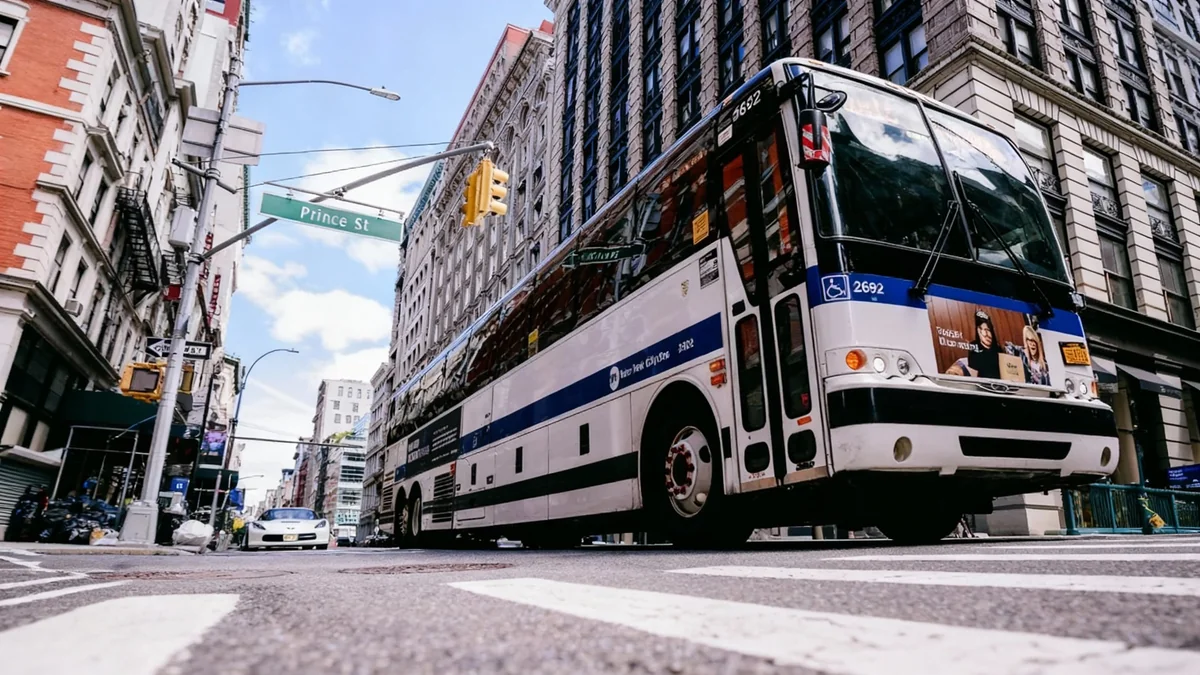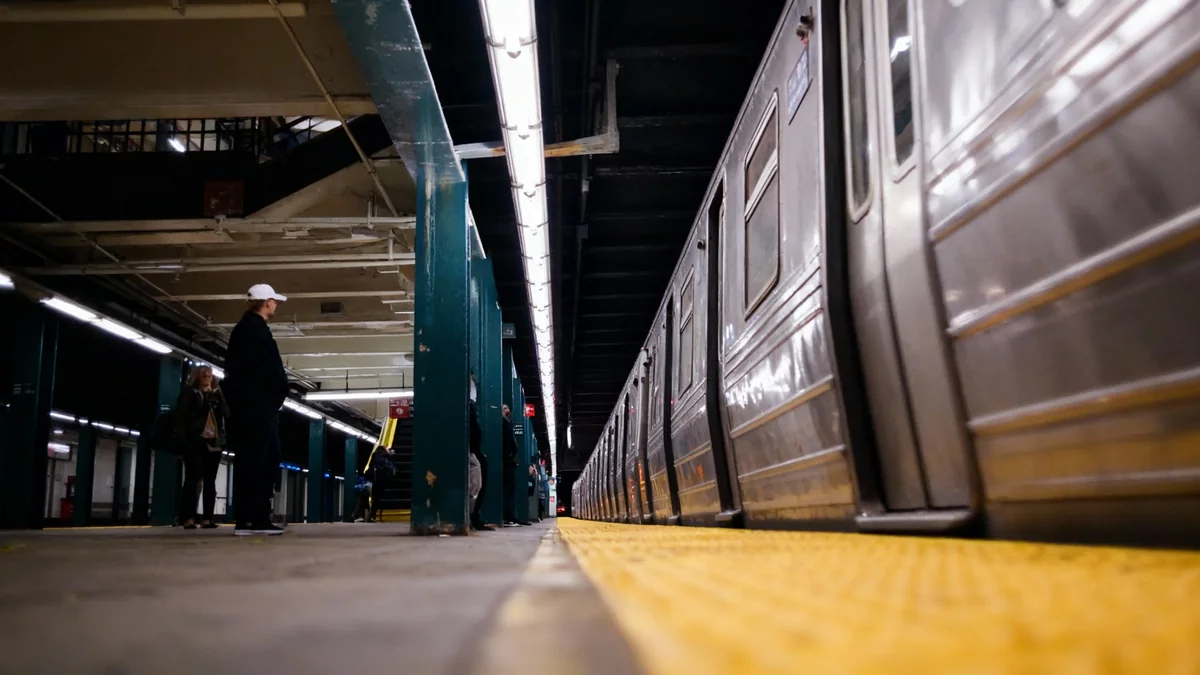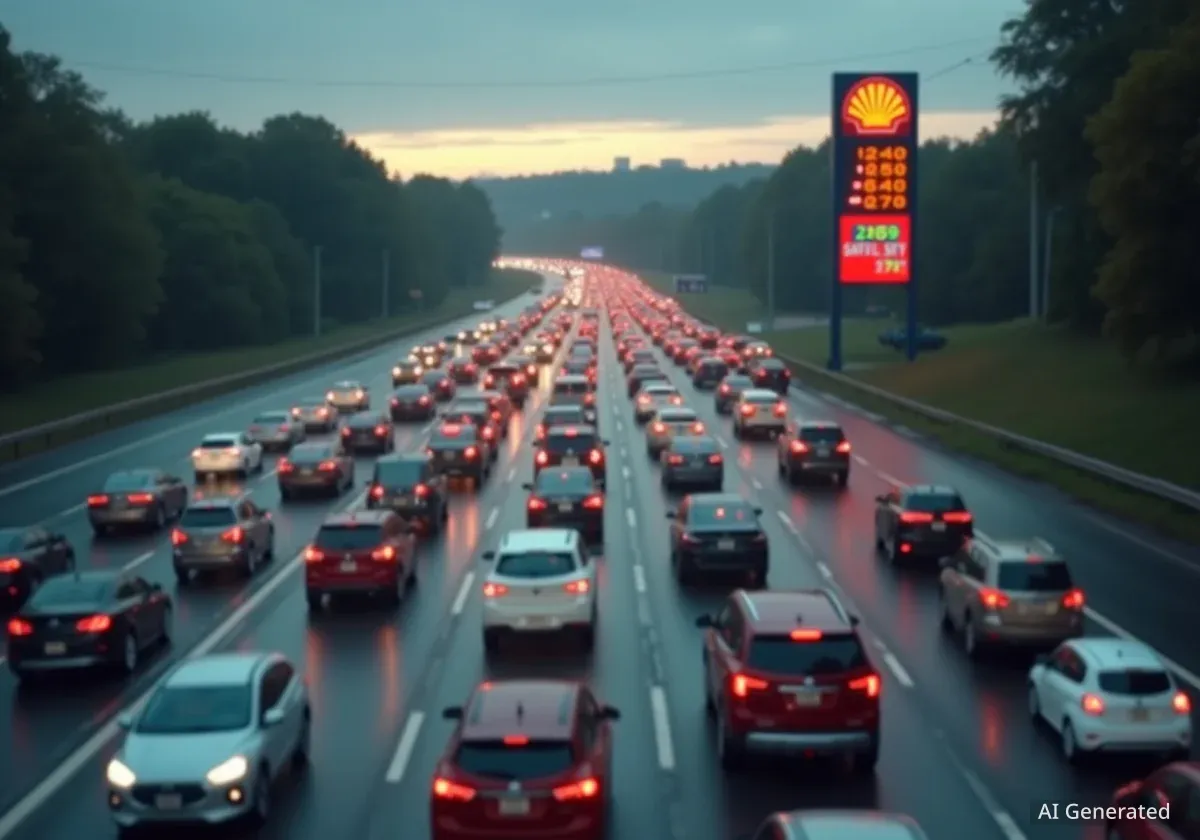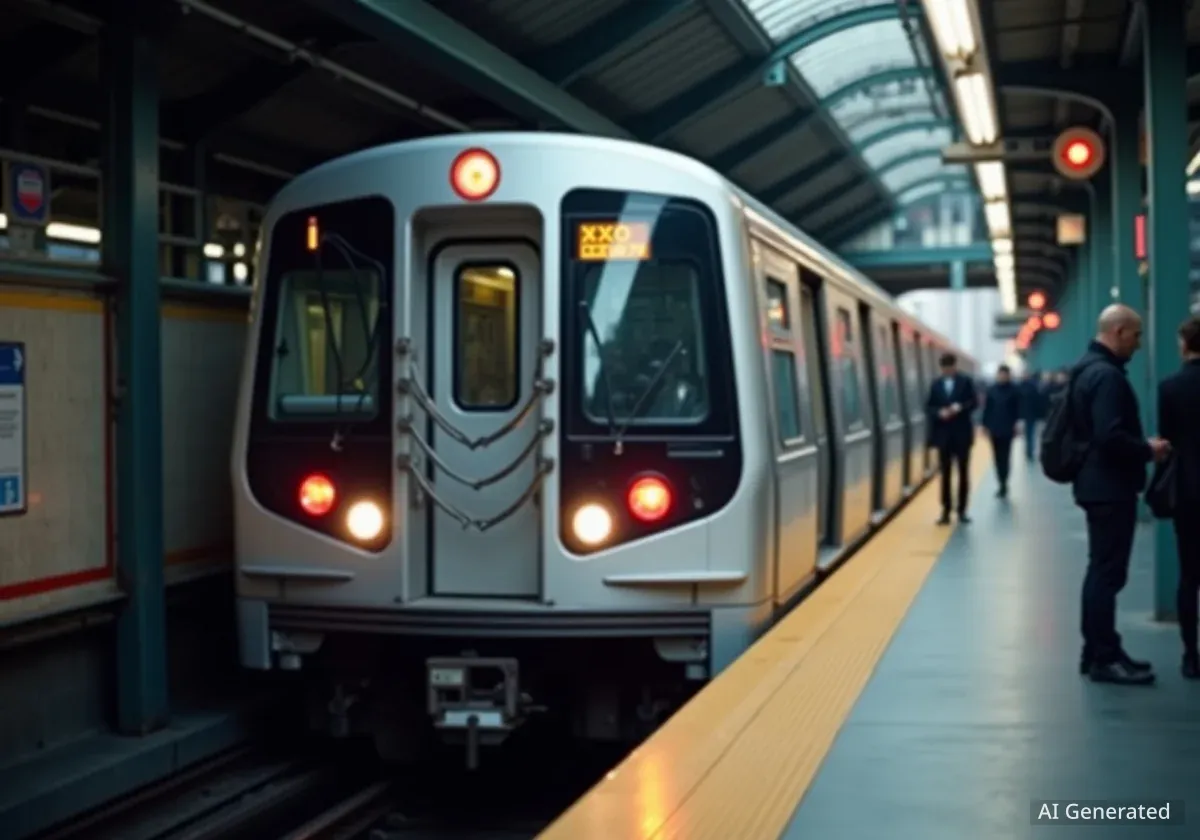Mayor-elect Zohran Mamdani's proposal to make New York City's public bus system free is generating significant discussion. The plan aims to ease transportation costs for residents, but it also raises important questions about funding and the Metropolitan Transportation Authority's (MTA) financial stability, particularly concerning its $17 billion in farebox bonds.
Mamdani, a democratic socialist who secured victory in Tuesday's election, has outlined a vision that includes free buses, alongside expanded free childcare and more affordable housing. He argues these initiatives are crucial for making New York City more accessible and affordable for its diverse population.
Key Takeaways
- Mayor-elect Mamdani proposes free NYC buses to cut costs for residents.
- The plan relies on new taxes on millionaires and businesses for $9 billion in revenue.
- MTA bus revenue, nearly $1 billion annually, helps repay $17 billion in farebox bonds.
- State legislative approval is needed for both free buses and new taxes.
- MTA officials emphasize the need for thorough study and alternative funding.
The Proposal and Its Financial Impact
The core of Mamdani's transit plan involves eliminating fares on the city's extensive bus network. To fund this, he proposes raising taxes on millionaires and businesses, aiming to generate an estimated $9 billion in new revenue. This revenue would also support other key initiatives.
However, the MTA currently anticipates collecting significant bus revenue. Financial documents show the agency expects $903.5 million from bus fares in 2026, projected to rise to $971 million by 2029. Eliminating these fares would create a substantial gap in the MTA's budget.
MTA Bus System at a Glance
- Fleet Size: Approximately 4,500 buses
- Annual Ridership (2024): About 324 million paying passengers
- Projected Bus Revenue (2026): $903.5 million
- Projected Bus Revenue (2029): $971 million
The MTA's $17 billion in transportation revenue debt is partly repaid using farebox receipts from both subways and buses. Removing bus fares would necessitate finding an alternative source to cover this debt obligation.
Navigating State Politics and Bondholder Concerns
Implementing free buses is not a simple task. The MTA operates as a state agency, meaning Mamdani will need significant cooperation from state lawmakers in Albany. This includes gaining approval not only for the free bus service but also for his proposed tax increases.
"There was a lot of thoughtful discussion during the campaign about the importance of mass transit, and we look forward to working closely with Mayor-elect Mamdani and his administration," said Janno Lieber, the MTA's chief executive officer.
Lieber has previously stated that making all buses free is a major undertaking that requires careful study. The MTA serves a vast network, providing crucial transit options in neighborhoods without subway access.
MTA Fare Structure
The MTA typically adjusts subway and bus fares every two years. In early January, the fare will increase by 10 cents to $3. The weekly cap for riders will also rise by $1, reaching $35.
Bondholders, who rely on farebox revenue for repayment, are closely monitoring the situation. Howard Cure, director of municipal bond research at Evercore Wealth Management, emphasized the need to replace any lost revenue. "That money has to be replaced, for sure," Cure stated.
Potential Economic Ripple Effects
If the MTA were to implement free buses, the agency would need to disclose the financial implications and details of any new revenue sources to investors. Lieber highlighted the importance of assuring bondholders that the revenue base remains secure.
However, the farebox bonds are also backed by other MTA revenue streams. These include collections from a payroll tax, a corporate franchise levy, a petroleum business tax, and surplus revenue from tolls on MTA bridges and tunnels. These diverse sources provide some flexibility.
Recent trading of MTA farebox bonds suggests investors are not currently demanding additional compensation due to Mamdani's proposal. This is largely because the mayor-elect cannot unilaterally implement such changes, especially given the MTA's status as a state agency.
Long-Term Tax Policy and Investor Sentiment
The long-term impact on bondholder confidence could shift if Mamdani's tax proposals lead to an exodus of high-earning individuals or businesses from the city. Cure noted that such a scenario could raise concerns within the bond community.
"That’s when you start thinking about what kind of impact could this have on the economy," Cure explained. "I don’t know what the breaking point is, but I think that’s when the bond community would be concerned."
The discussion around free public transit highlights a broader conversation about urban affordability and sustainable funding models for essential services. The coming months will likely see intense negotiations and analysis as the mayor-elect's administration seeks to advance its agenda while addressing complex financial realities.
The transition to free buses would also likely increase ridership, requiring additional buses and drivers. This would add further operational costs for the MTA. There is also the possibility that some subway riders might shift to free buses, potentially impacting subway fare revenue as well.





